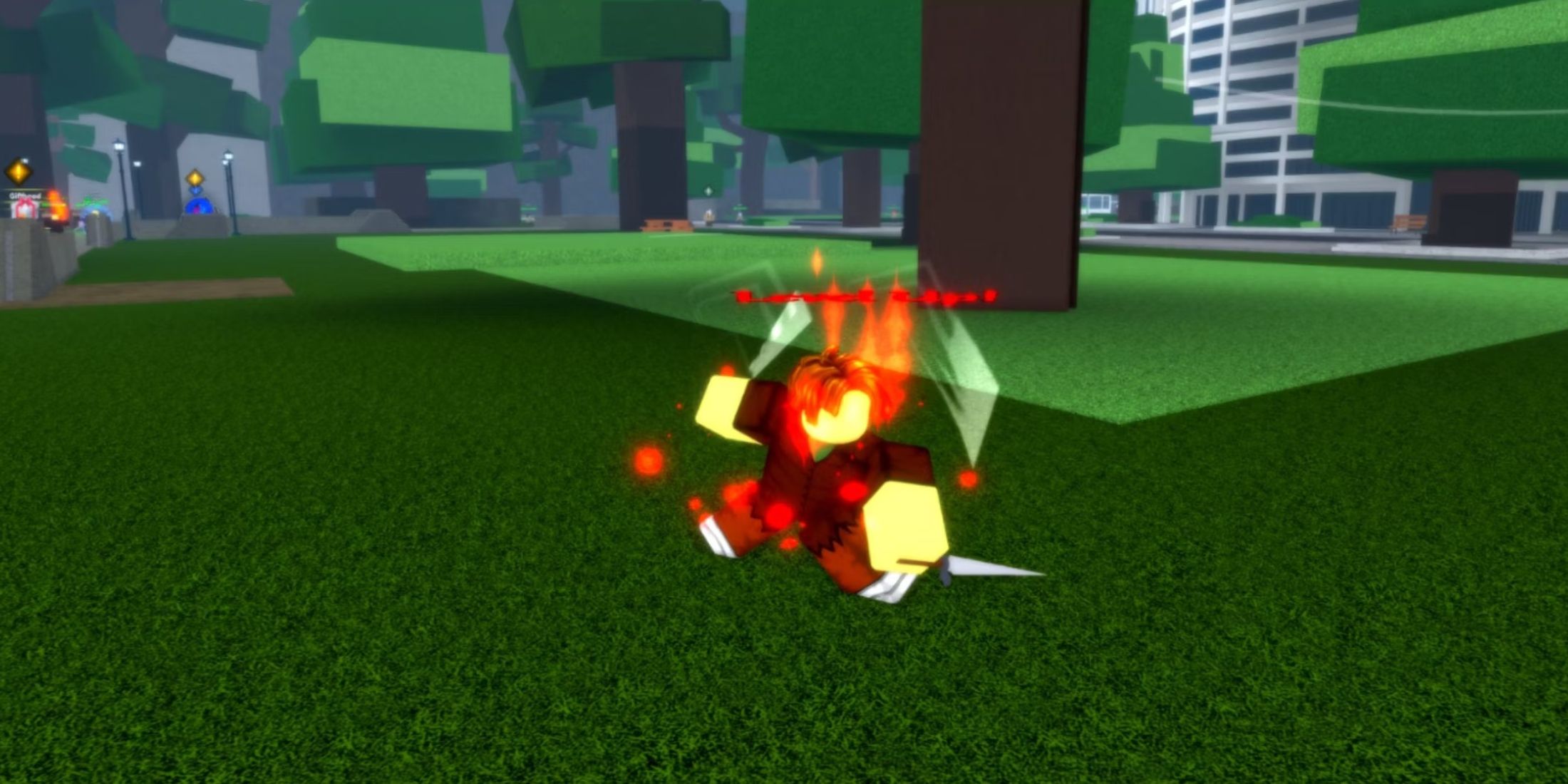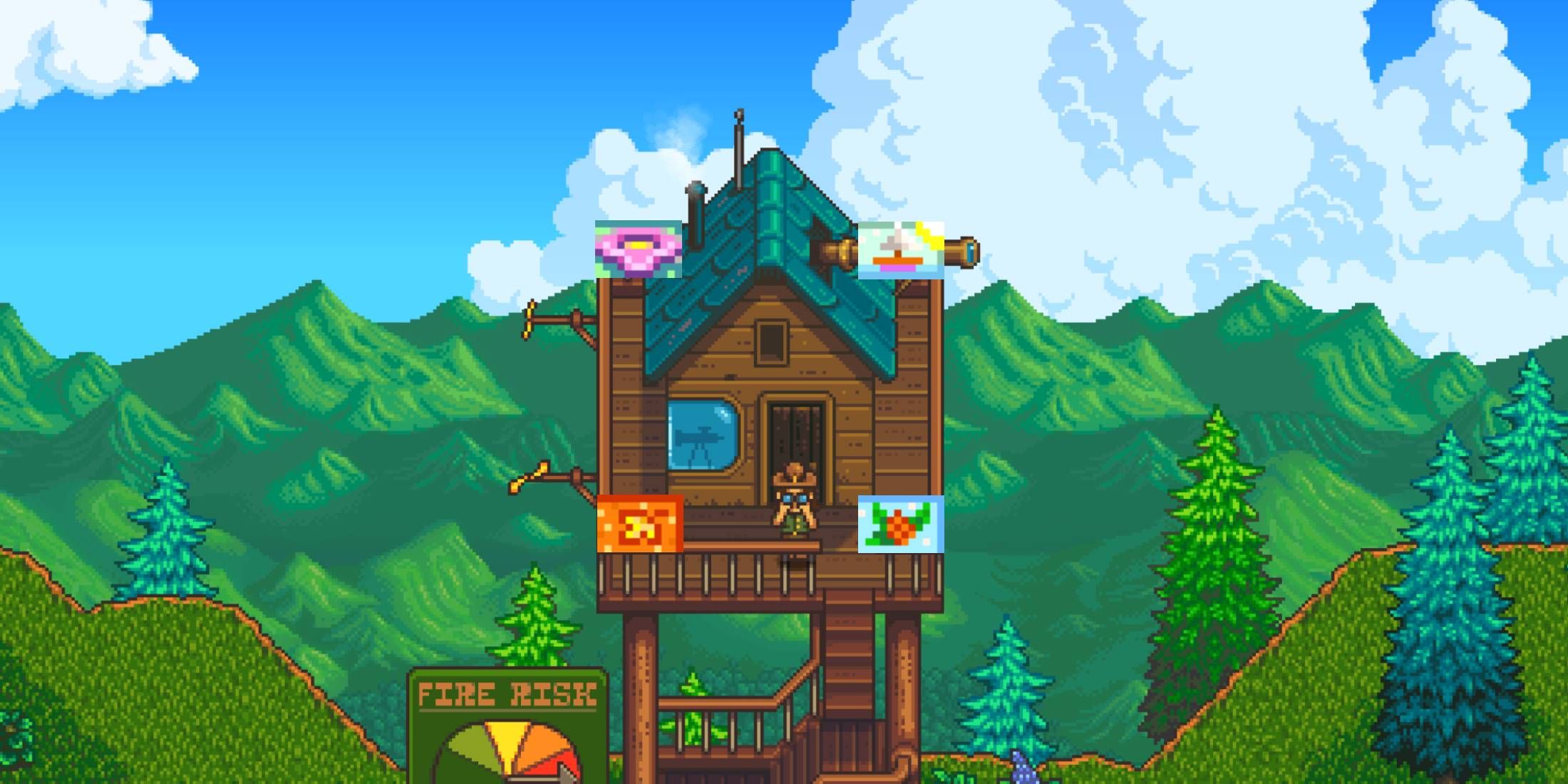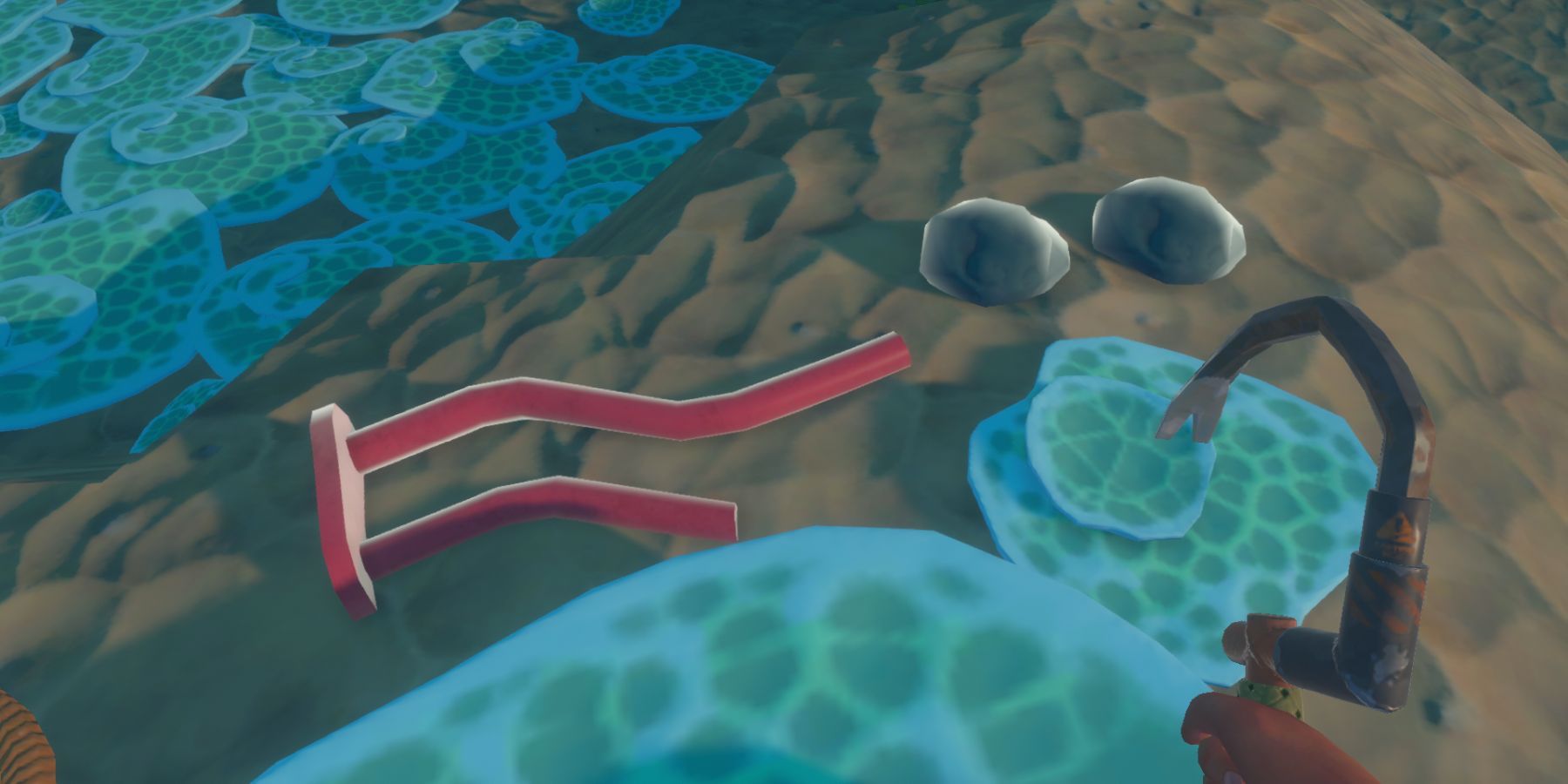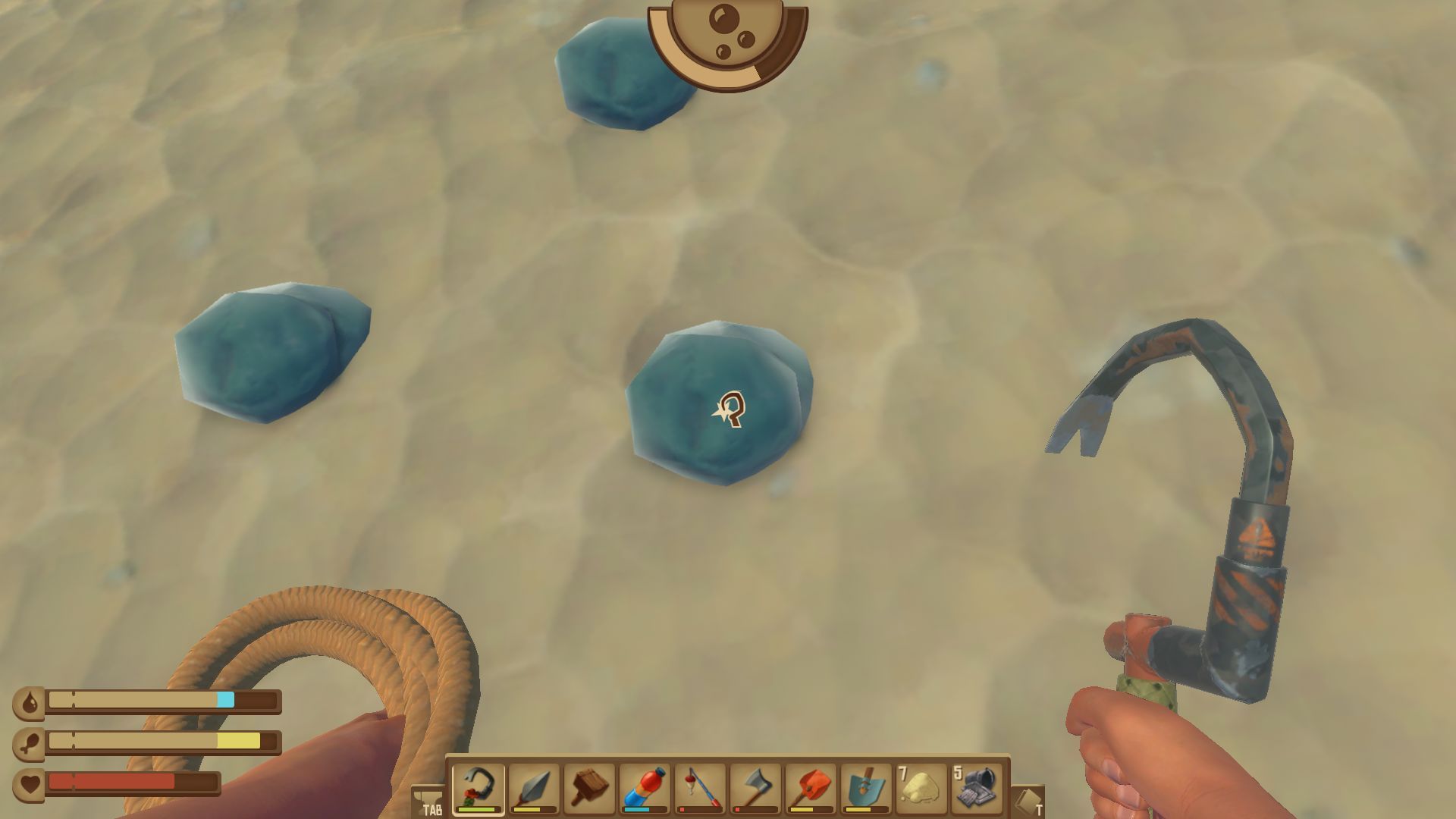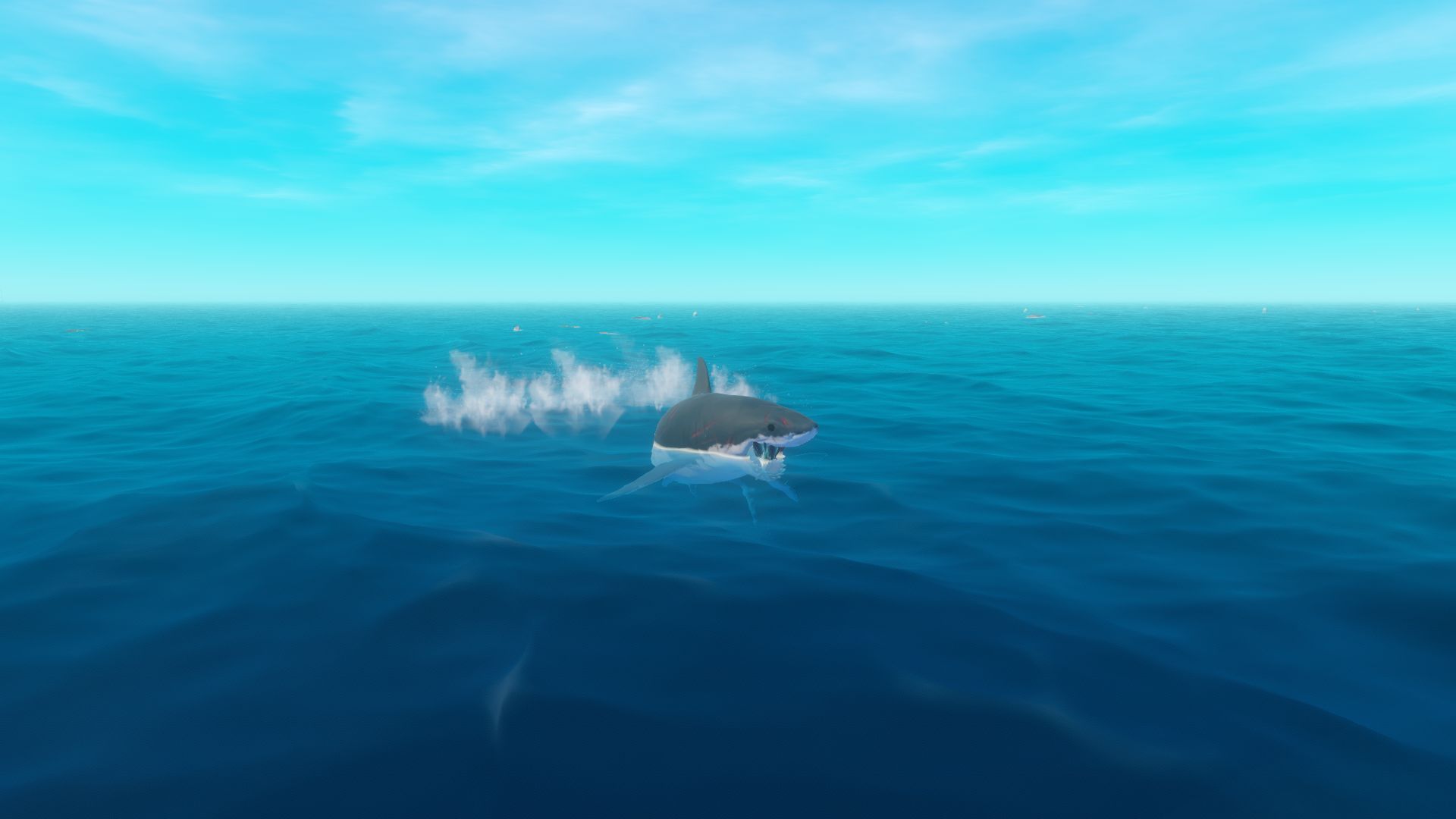Quick Links
The game Raft features a variety of materials that players need to gather so they can craft equipment and expand their floating home. Materials like planks and plastic float on the water's surface, but others are too heavy for that.
Metal scrap and stones are both useful materials that players of Raft will need when they want to start building items more durable than wooden spears and plastic hooks. They'll also need plenty of them, much more than what the occasional floating barrel or crate can provide. And while there's a consistent way to get large amounts of scrap and stone, this method comes with a few risks.
Reef Hunting
While players can explore the depths of the ocean, they don't have to go too deep to find stones or scrap. Instead, most islands that players can visit have coral reefs in some or all of the surrounding waters. These reefs feature beautiful coral formations, and they also contain tons of valuable materials. Aside from scrap and stone, players can explore reefs to gather clay, sand, metal ore, copper ore, and seaweed. There are even a few buried chests in the water.
To get most of these materials, players will need to use their hooks. While the hook allows players to grab debris when above the water, while underwater the hook becomes a wedge that can pry materials off the seafloor. Players can tell when they need a hook because a hook-shaped symbol will appear on the screen when they get close to a material that needs it, and they'll need to hold the action button down until it comes free.
It also helps to know exactly which materials players are looking at. Most reef materials look like grayish round lumps, and so it's easy to mistake them for each other.
- Stones are small, dark gray, and sit on sandy surfaces.
- Sand and clay are large, light gray or slightly orange, and also sit on sand.
- Metal ore and copper ore are small and dark, but sit on solid rock. Metal ore has a slight bluish tinge compared to stone while copper is more orange.
Underwater Hazards
There are a few problems that come with underwater exploration. The first is the shark that always follows the players' raft, and the second is the occasional poison-puffer that shows up in the reefs near large islands. Oxygen can also be an issue, but there are ways of dealing with that, too.
- Players who manage to kill the shark can get several minutes of underwater exploration in before a new one spawns in.
- Players can construct the shark bait tool using two bits of rope and two types of fish that the fishing rod can catch without any kind of bait. Throwing some shark bait is easier than trying to kill the shark, but the shark will eat the bait in around one and a half minutes. Also, it will still prioritize the player if both hit the water at the same time.
- The shark never strays far from the raft, so players can explore the reefs on the far side of a large island without worry.
- The poison-puffer is a large yellow fish that will try to approach players and explode, causing ongoing damage for several seconds. Players can avoid this by stabbing it several times before it can explode, and if they fail to kill it fast enough they can still swim out of the blast radius. The main thing is to keep an eye out so it can't sneak up from behind.
- Players can eventually research the oxygen bottle, which slows down the oxygen meter, and flippers that let players move faster underwater. Neither item lasts forever, but they both make underwater movement easier.
Raft is available now on PC.

